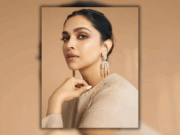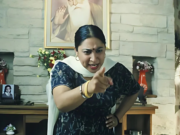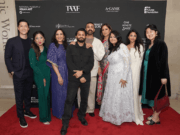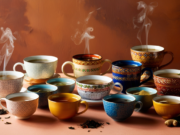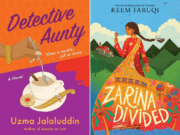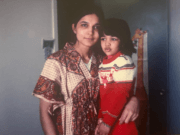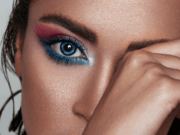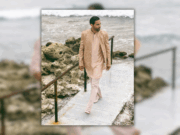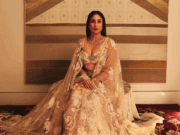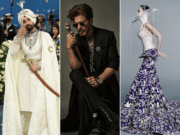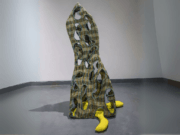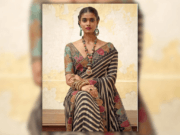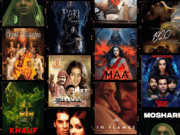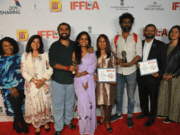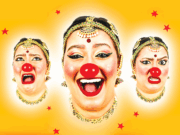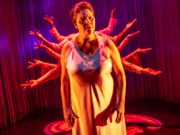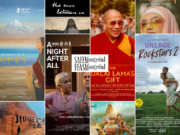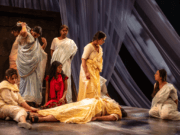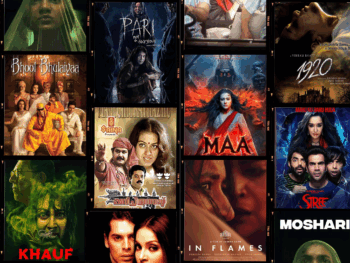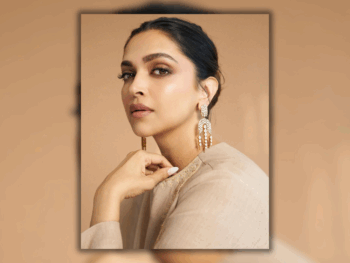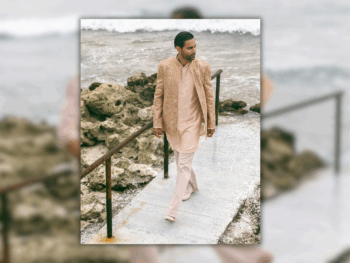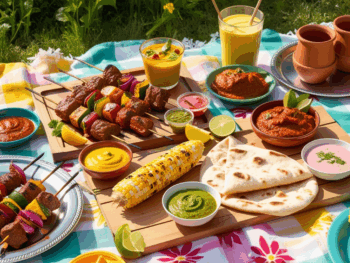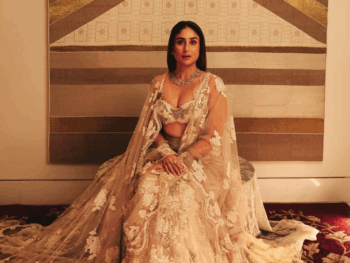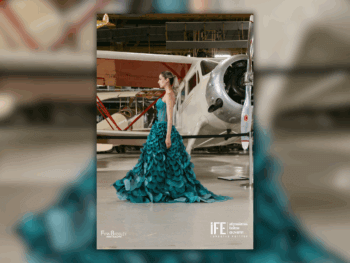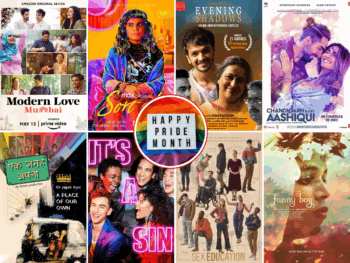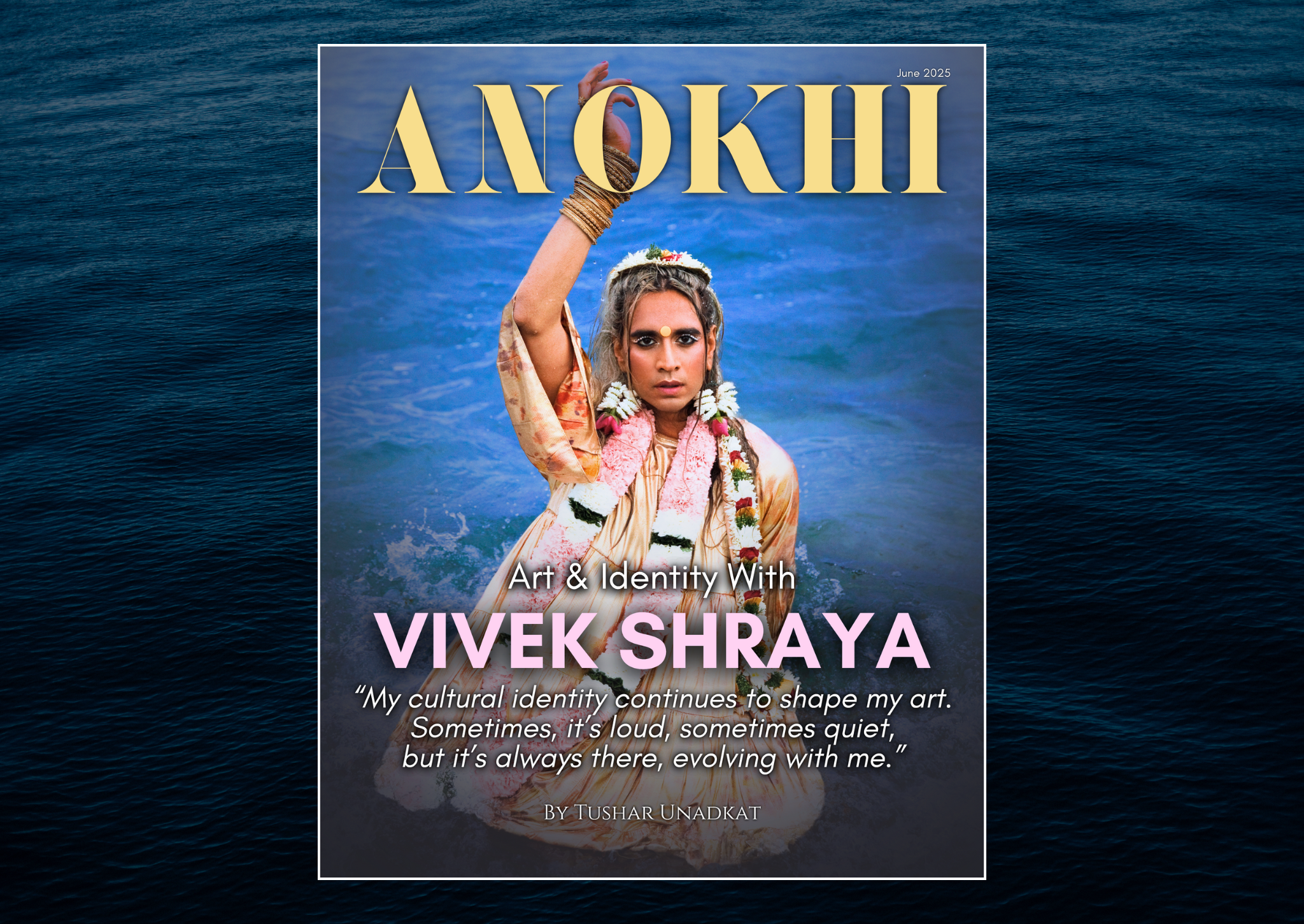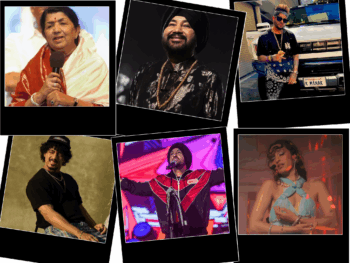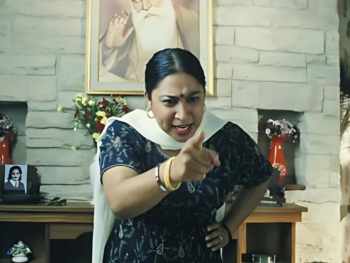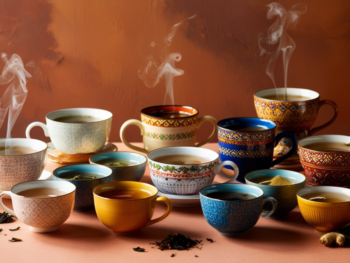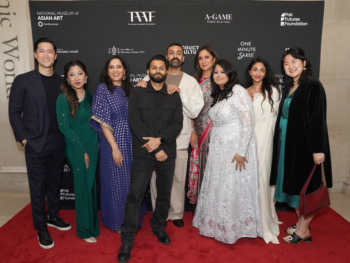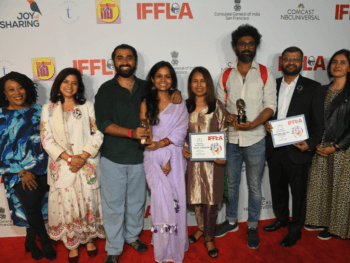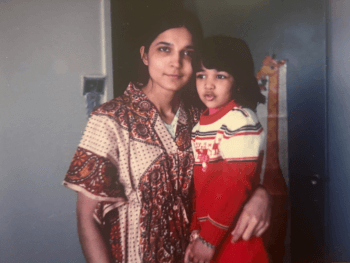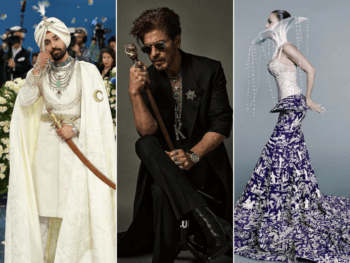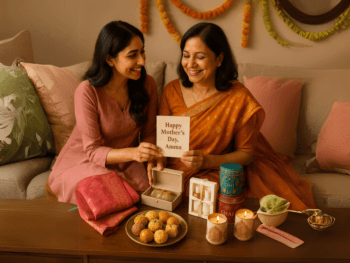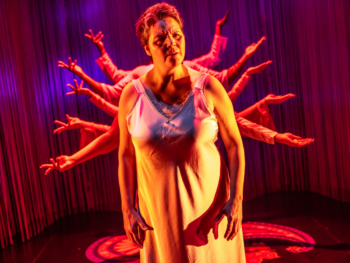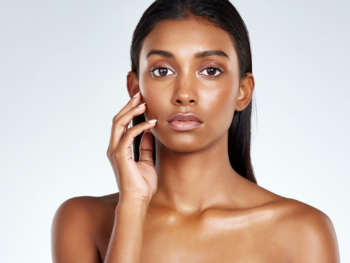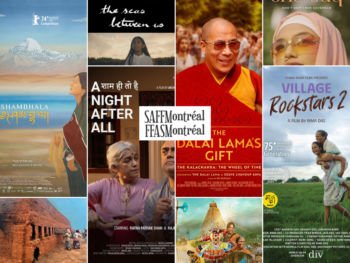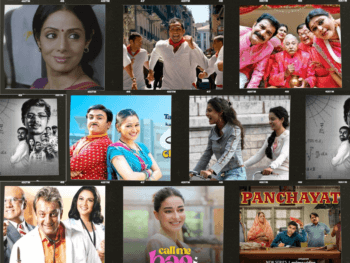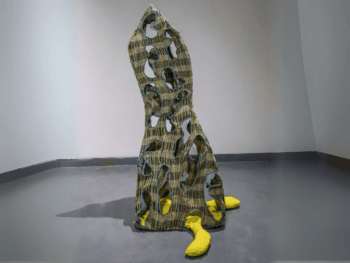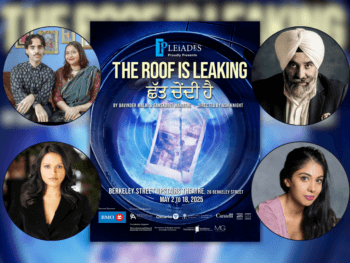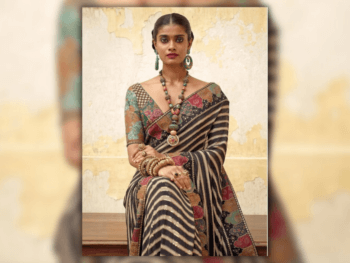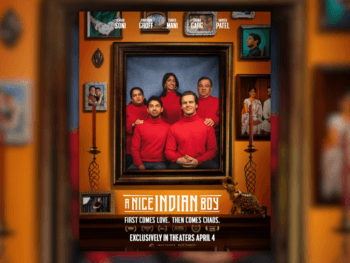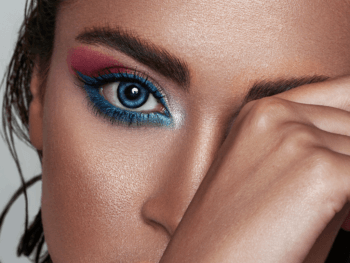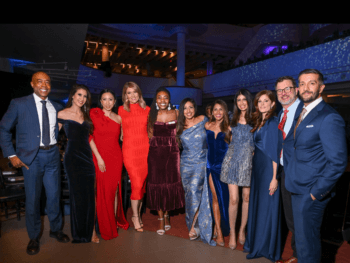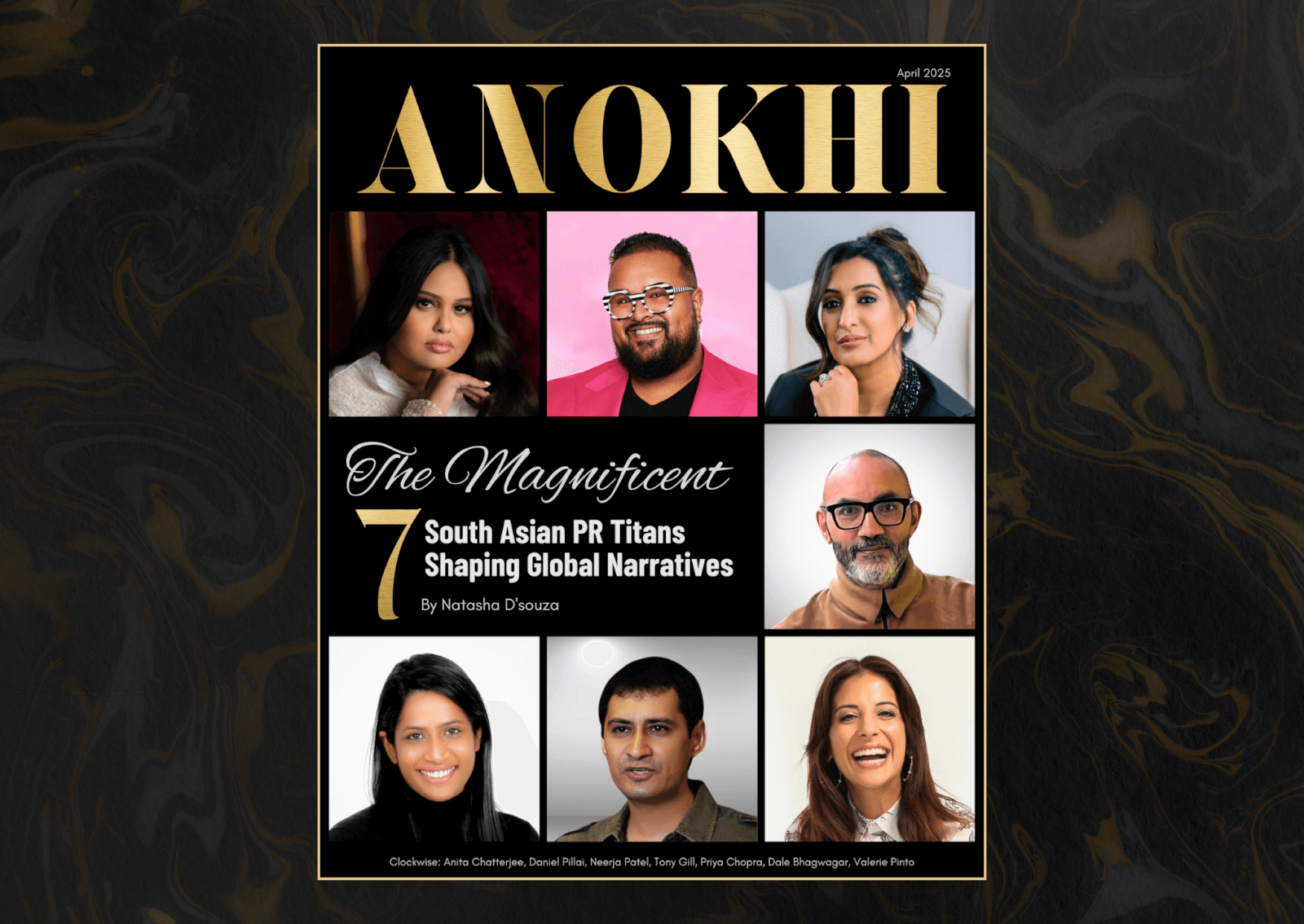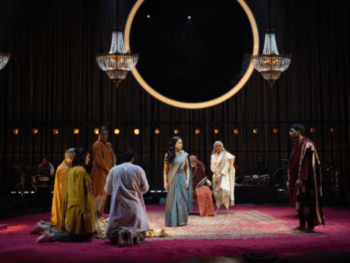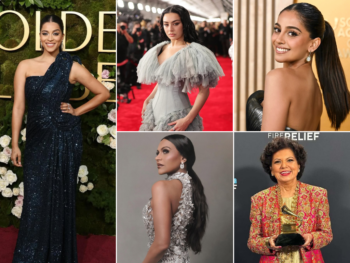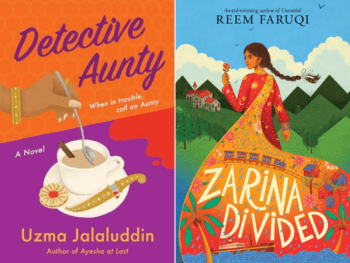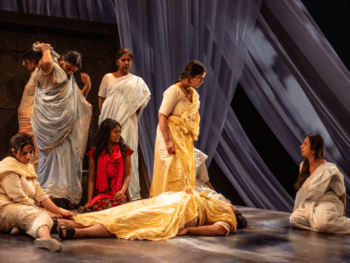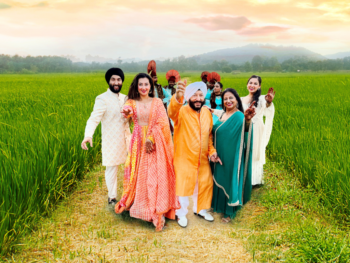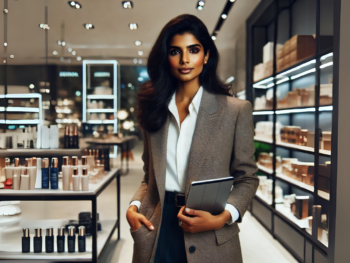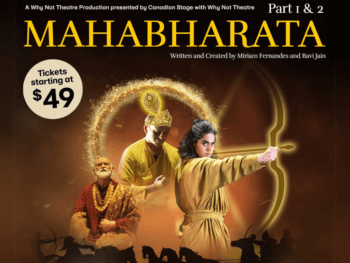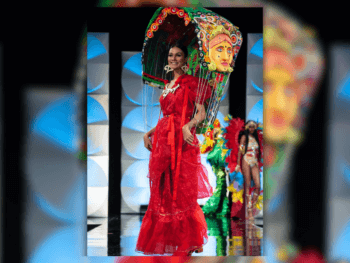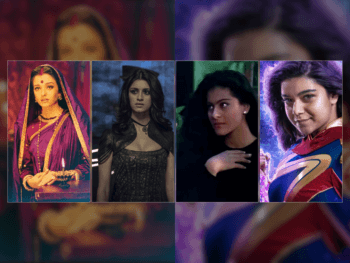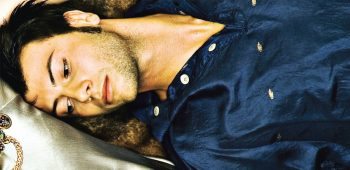
From Project Runway to International Designer Status
Shakeel Rabbaney has always been ahead of the trend. When he was 11 years old, he used his mother’s Singer machine and re-stitched his clothing to keep up with the current style. He was once sent home from school for wearing a uniform that was too tight. It’s no surprise that Rabbaney defines his personal style as “flamboyantly elegant”. The Pakistani-born designer has gained fame from Project Runway, but Rabbaney received accolades even before being chosen for the show.
A graduate of the London Academy of Fashion, Rabbaney had formal training in basic garment construction among other things. Although he did not win Project Runway, he does not regret his experience on the show. “I believe that a genius at home is no genius, so I try to avail every chance where I can get my work seen,” he says. One of Rabbaney’s clients sent him the link to audition for Project Runway, and after numerous auditions across the country, he was selected. He describes the Project Runway experience as “a challenge which was designed to put pressure on all contestants. We were given very narrow briefs.” For example, one of the stipulations of the competition was that the contestants get their material from one shop, with only half an hour to find the right fabric. Sometimes they’d only have ten hours to finish an outfit. He felt that for the amount of time they had, some of the judges’ comments were unnecessarily cruel. However, he says that Elizabeth Hurley was always kind and encouraging. As for being on the show again, Rabbaney says he’d love to come back – as a judge.
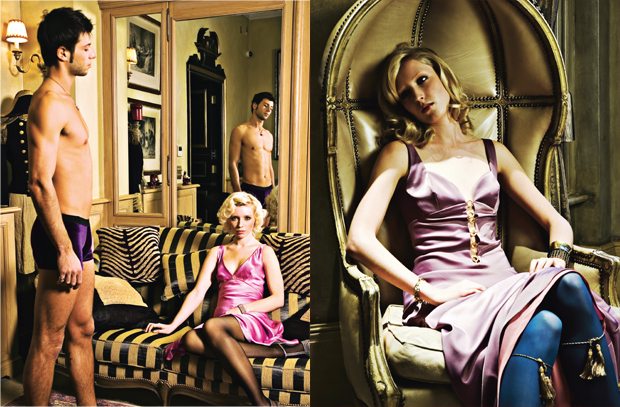
After the Project Runway stint, Rabbaney received international attention from places as far away as China and India. Rabbaney was also commissioned to design costumes for an opera production of BBC’s The Great Composers. He enjoyed the challenge of costume designing. “There is a limit with what you can create when making costumes, especially when it comes to designing opera costumes, particularly because of the period limitations. But making those heavy unbelievably impractical garments has its own fun and satisfaction,” says Rabbaney. Rabbaney’s favourite costume was designed for Puccini's Tosca, which was a replica of the costume Maria Callas once wore. According to Rabbaney, “She wore a red velvet gown. I made it in black and silver lace.” The costume is now on display at the Sittwell Museum, which is known for its collection of theatre and film memorabilia. Rabbaney’s clothes have been worn by soloists on stage at the Royal Albert Hall as well as charity benefits like The Lord Mayor’s Show.
In addition to being a talented designer, Rabbaney has a background in painting. His art skills influence his designs. Rabbaney says, “I always paint beautiful women, or, I should say, I always paint women beautifully. My clothes reflect what one can see in master paintings – the women are serene, mysterious and elegant.” He also has extensive experience as an interior designer, decorating private homes with grace and originality. When asked if there are similarities between fashion design and interior design, Rabbaney eloquently responds, “I am not sure if we should look for common grounds in fashion and interiors; a person who can decorate a body can easily decorate “space”; in fact, better, in terms of freedom of expression, as the area of work is multiplied.”
As for his aesthetic, Rabbaney loves to make pretty clothes. His Kashmiri heritage influences his clothing, particularly the colours, elegance and that fine embroidery. Rabbaney enjoys using chiffon in his collections because “it has a lot of life…there is a science involved in handling it. You have got to be gentle and yet very firm. Once you create an outfit from it, it gives an amazing sense of control.”
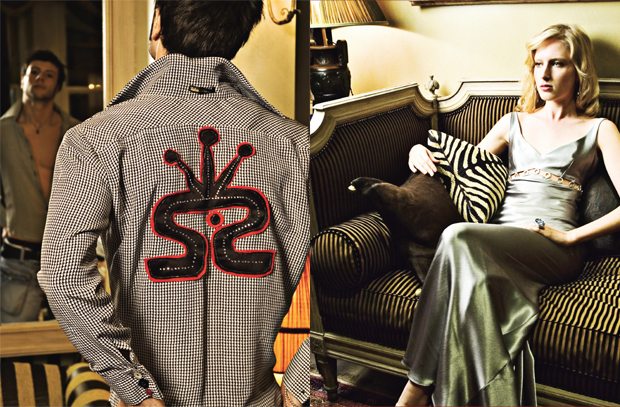
Rabbaney likes to work with colours according to the season and states, “I find all colours beautiful until they fade.” He avoids using washed-out colours and likes bold patterns. “I quite like the long forgotten traditional patterns like ajrak, gingham, argile, aztec and sussi stripes,” explains Rabbaney.
Rabbaney describes his aesthetic as bold, with sharp lines, balancing colour and movement with comfort and practicality. His latest collection is a mix of men’s swimwear and women’s beach and eveningwear. He describes it as, “Sixties-inspired with a sporty twist.” He sees the influence of the East in western culture, saying “Fashion and music have been influenced by the East in recent years. Wherever you look you will find Indian influences in clothes, whether it is a high street or an individual boutique.” He is unsure of whether this eastern influence is simply a trend or “a reflection of an integrated cultural taste.” He believes that his designs mainly utilize western shapes, but there are features that possess a little Indian flavour.
So what’s next for Rabbaney? “I am about to introduce men’s beachwear,” he quips before warning girls not to get too excited. Too late. The excitement has already begun.
BY SHENIZ JANMOHAMED
